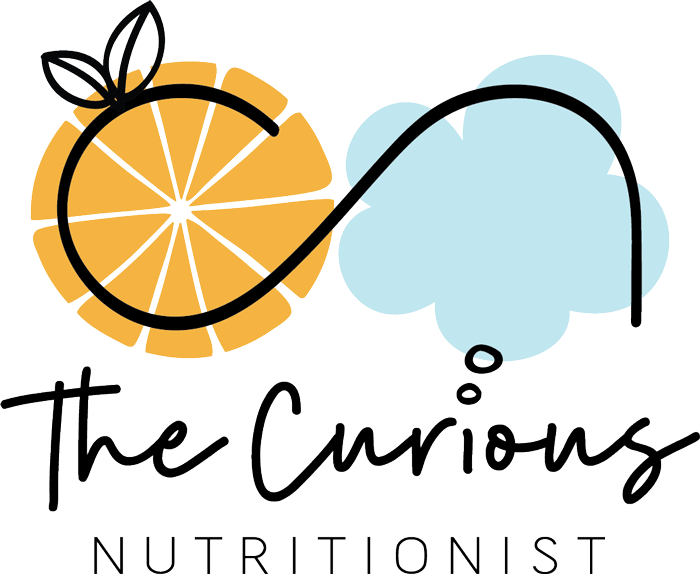How to implement trauma-informed care when returning to school after isolation
Trauma can have a long lasting physical and mental impact. Adverse experiences and events affect children in multiple ways. Prior to entering isolation, Australia endured some of the most catastrophic bushfires we’ve ever seen. While we do consider ourselves the lucky country, we’re not immune from trauma. Current research indicates that 65% of Australians have experienced a traumatic event in their lives and 1 in 4 Australian adults having lived significant childhood trauma.
Individual trauma will manifest in different ways even though we’re living through a collective trauma like the COVID 19 pandemic. Many adults during this time have recognised their own changed eating experience and for some, feeding a family has become harder. Families have reduced household finances, seeing food budgets stretched, all trying to manage adjustments to new ways of living and preparing food due to panic buying and shortages. Children who are picky eaters may have become pickier and children who normally eat well may have ditched some of their usual foods.
Consider the bigger picture of the food environment
While we did have a glimpse inside a child’s home during online learning, we’re not privy to the feeding experience. Food is not only a source of nutritional nourishment, it’s also socially and emotionally nourishing. For some children, food is a form of self-soothing and for others it can be a source of pain. For some, the family meal is non-existent and for others it’s a regular ritual. For some, food is available without limits allowing constant grazing and for others, it’s tightly restricted and regulated.
How does trauma impact children’s eating?
Children who are highly anxious and have experienced trauma will have misfiring of brain and body signals. Eating is a learnt behaviour that relies on the eight sensory systems firing together. The interoceptive system, also known as the hidden sense is one that enables the body the ability to feel what is happening inside it. This is the system that gives us the sensation of hunger and fullness, needing to go to the toilet, and feeling hot or cold.
Adverse childhood trauma can see the interoceptive system become dysregulated, experiencing over or under sensitivity. Hunger pangs might be exacerbated with children reacting strongly to wanting food and eating more to satisfy themselves or it may be that they’re unaware and not feel hunger or thirst. The interoceptive system and emotions are strongly linked as we use feelings to describe the physical sensations. It’s important we allow children the time to learn to read the physical signals of their body and the feelings to describe them. This will support learning to self-regulate food intake and emotions too. Children have the ability to adjust their food intake in response to their own body’s needs. We just need to trust them in this.
What is the teacher’s responsibility in mealtimes at school?
Teachers provide the time to eat and the place to eat. Routines and rituals matter now more than ever. Eating is a social time as much as it’s about nourishment. Routines bring stability and safety to all learning situations and eating is also a learning situation. Routines, while they are a series of actions that need to be done – like brushing your teeth or washing the dishes – rituals provide a deeper sense of purpose and provide meaning and values. Some of these, you might need to explicitly teach or give gentle reminders.
Establishing routines like:
-clear and tidy tables
– wash hands
– use a placemat for eating that children clean before putting away
– everyone stays seated when eating
– put rubbish in the bin on teachers signal
– books away and screens turned off
Develop rituals like:
– play some soothing music to indicate to get ready for the meal time so children can set their table
– do some mindful breathing
– share a phrase of gratitude or a prayer before the meal
We know it takes a village to raise a child and we each play a role in how this occurs. Even though school is a familiar and safe place for children, returning will have many adjustments. The wellbeing of our students is as important as ever. Allowing the time and space for children to be at ease when eating is just as important as other academic learning areas. Nourishment comes from the calm and relaxed environment we provide.

